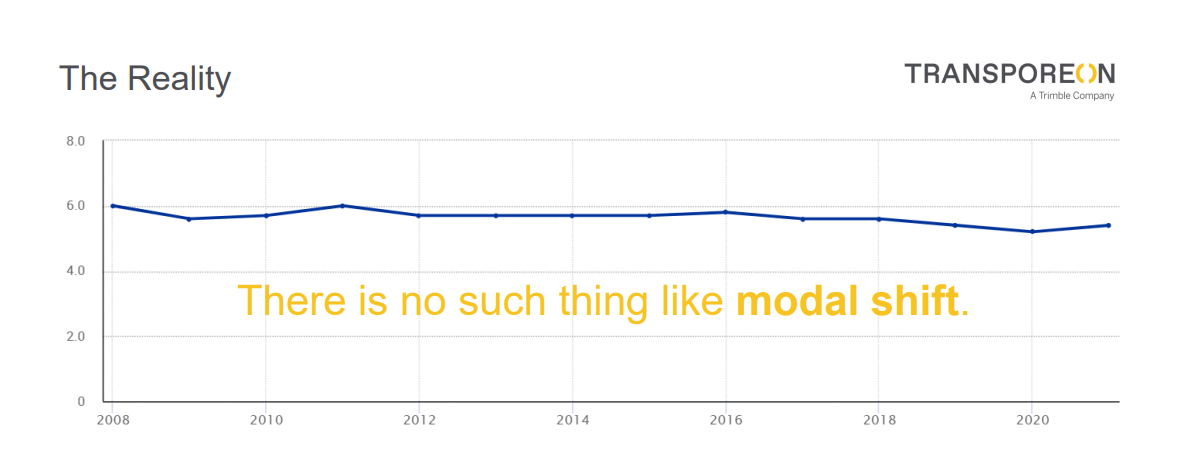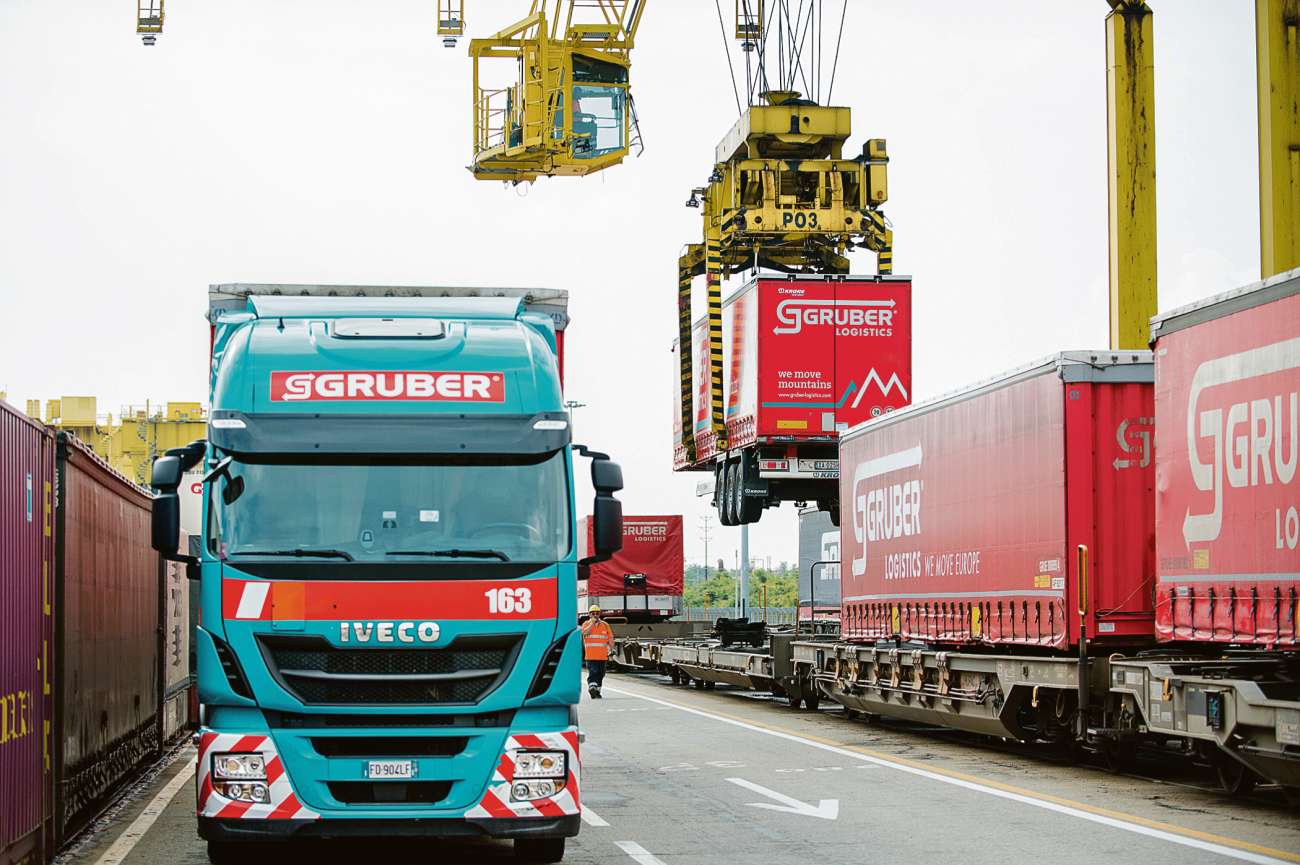Modal Shift: myth or reality? The commitment of Gruber Logistics
The topic of the so-called “modal shift” is a highly controversial subject among experts in transportation systems and policies.
On one hand, there is a clear and determined policy that actively pursues modal shift, which involves transitioning from less sustainable modes of transport, such as road transport, to more sustainable modes (such as railways). Both the European Union and various member states have set ambitious goals in this regard, such as doubling rail freight transport by 2050 (Source: https://transport.ec.europa.eu/transport-themes/mobility-strategy_en).
To achieve this, numerous national incentives, derived from EU targets, aim to promote the increase of rail transport. The Italian “Ferrobonus 2023 – 2026” (see https://www.ramspa.it/ferrobonus-2023-2026) is an example, such as the Spanish “Eco-incentivo ferroviario” (see https://www.mitma.gob.es/ministerio/proyectos-singulares/prtr/transporte/programa-de-apoyo-para-un-transporte-sostenible-y-digital-eco-incentivo-ferroviario).
However, on the other hand, there are experts who argue that the concept of “modal shift” is more of a myth than a reality.
While it is true that railway transport has seen growth in recent years, (see the graph of figure 01, referred to combined rail-road transport), it is also true that this growth is primarily attributed to the overall increase in transported quantities.
Figure 01: Evolution of combined rail road traffic 1990/2022 (Source: UIRR)

The percentage of goods transported by rail has remained relatively unchanged over the years. (see figure 02). This suggests that there isn’t necessarily a shift towards more sustainable modes of transport at the expense of less sustainable ones; rather, there is a parallel increase in both.
Despite this debate, Gruber Logistics strongly believes in modal shift. Whenever possible, Gruber Logistics implements reliable rail traffic solutions that are more cost-effective for clients and environmentally sustainable. An example of this commitment is the fact that the Company has recently amplified its service connecting Verona to Leipzig, effectively doubling the available slots for transportation.
In the face of prevailing challenges in intermodal flows across Europe, characterized by escalating prices and diminishing volumes, there has been a persistent rise in demand for intermodal services along the Brenner route. Consequently, Gruber Logistics can now boast a daily service with a revitalized capacity along this crucial transportation Corridor.
Figure 02: Share of rail transport from 2008 – 2021 (Source: Transporeon)







